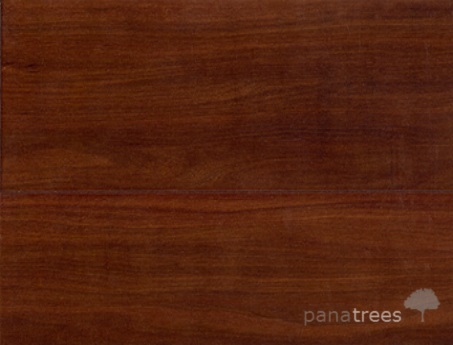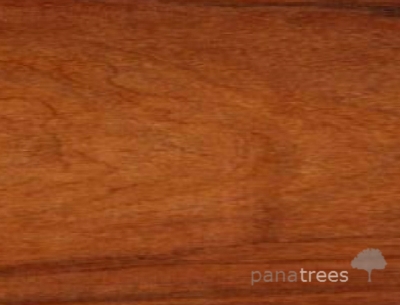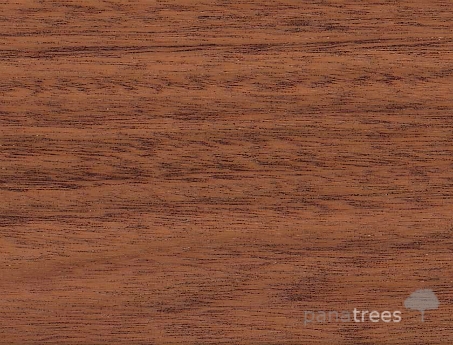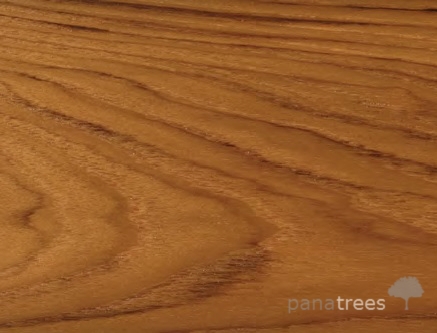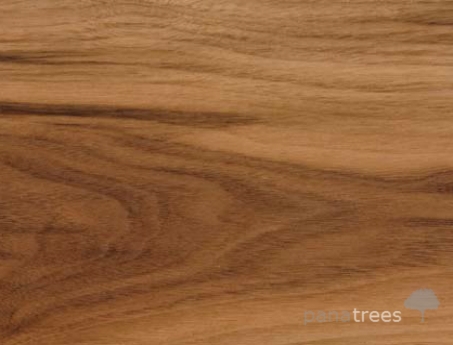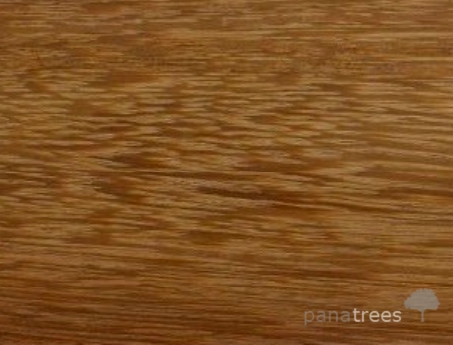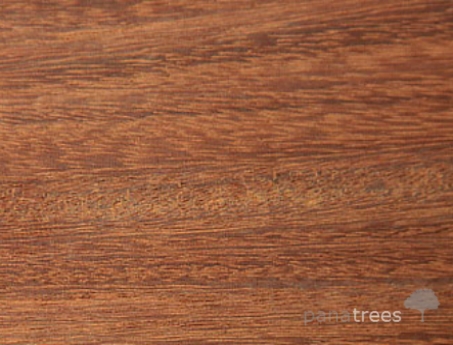

Eclectic grain patterns
This signature grain further pops to life because of the rich color this timber provides. Color shades range from vibrant yellow and orange to heavier reds, purples and chocolates deepening to saturated black accents.
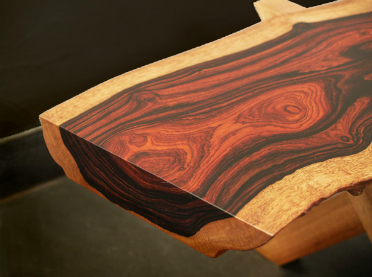
High natural durability
The combination of density and natural oils give cocobolo a very strong resistance to water penetration and further compound it’s durability regarding weathering, insect attacks and natural decay.

Luxury goods
In addition to these longevity attributes, cocobolo also boasts a broad spectrum of eclectic grain patterns and colorful hues that few other tropical hardwoods can match. (Turntable on a pic)
Description
One of today’s most prized lumbers for its outstanding color and figure. Cocobolo is indigenous to the Pacific edge of Central America and ranges from Mexico down to Costa Rica. It prefers the drier upland areas for optimum growing conditions, which gives it a thin strip growing region down the Pacific coast of Central America. Currently, cocolobo is CITES restricted in Guatemala and the Panamanian government has issued a moratorium on logging it, but Panatrees Inc. have a special permission. Cocobolo has all but disappeared in Costa Rica due to illegal logging practices. Therefore the primary legal sources for true cocobolo rosewood are Mexico and Nicaragua. The Nicaraguan variety has established a reputation for consistently producing vibrant reds and oranges while the Mexican variety leans more towards the darker spectrum. While there are many differing opinions on which variety is superior, both varieties share equivalent density, working properties, character and tonality. Ultimately beauty is in the eye of the beholder.
As with most tropical species, the working properties of cocobolo present the artisan craftsman with both benefit and challenge. The density and oil content combine to provide a high natural luster that can be polished to a glass like finish. Adding this trait to vibrant color hues with striking grain patterns is one of the primary reasons cocobolo is considered to be the best true rosewood rivaling even the (now unavailable) Brazilian Rosewood. Cocobolo responds extremely well to machining and is now even starting to infringe on African Blackwood’s dominated realm in woodwind instrument crafting. The tonality, specific gravity, hardness, and visual appeal all culminate to qualify cocobolo as excellent musical grade material. One of the main challenges of cocobolo is that the natural oil makes it resistant to gluing. When gluing is necessary, the proper approach is to wipe all joining surfaces with acetone and apply a slow setting epoxy immediately afterwards. Additionally, cocobolo dust is known to cause asthma like symptoms in some people so dust masks or respirators are recommended when working the timber.
We offer 100% legal Cocobolo wood from Panama and Nicaragua.
Suitability
- Musical instruments
- Inlay work
- Joinery
- Veneer
- Tool handles
- Cabinetmaking
- Sporting Goods
Technical information
| Density (kg/m3 dry) | 1095 | Hardness (Janka) (kN) | 14.140 | Resistance to split in nailing | Good |
| Specific gravity | 0.89-1.1 | Finish | Excellent | Resistance to split and screwing | Good |
| Modulus of rapture (Mpa dry) | 158 | Stability | Good | Gluing | Difficult |
| Modulus of elasticy (Gpa dry) | 18.7 | Crushing Strength (Mpa dry) | 81.3 | Durable | High |
| Radial shrinkage % | 2.7 | Sapwood Lyctid Susceptible | No | Trees | 25-45 year old |
| Tangential shrinkage % | 4.3 | Machining | Hard | Round logs | Girth of 50-150 cm |
| Volumetric % | 7.0 | T/R Ratio | 1.6 | Growing regoin | Central and South America |


Round logs. Different sizes available
- per ton


